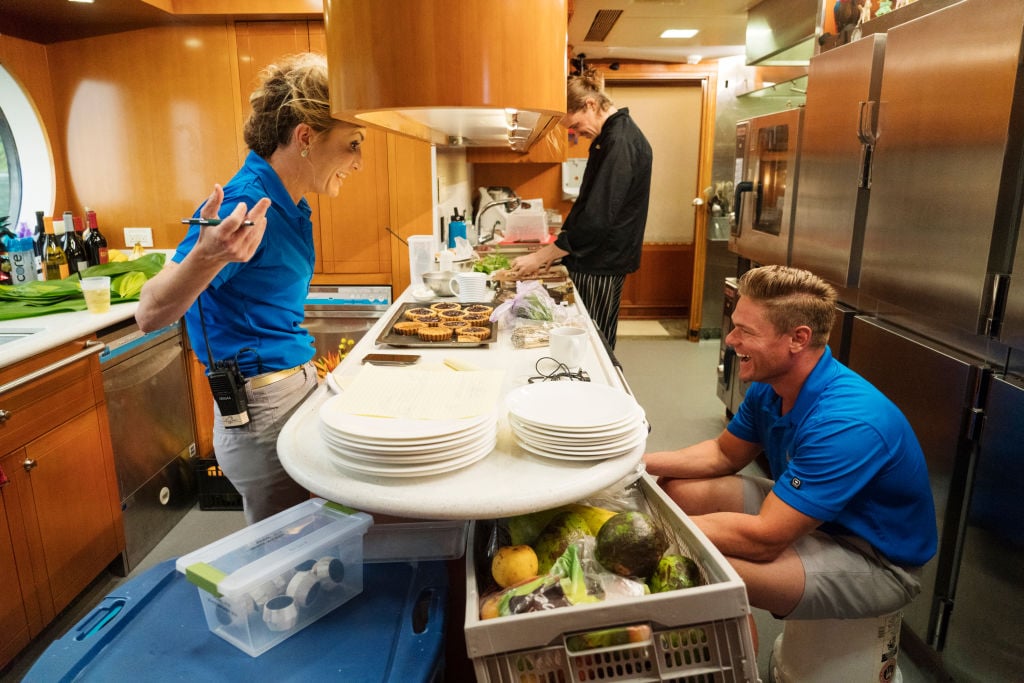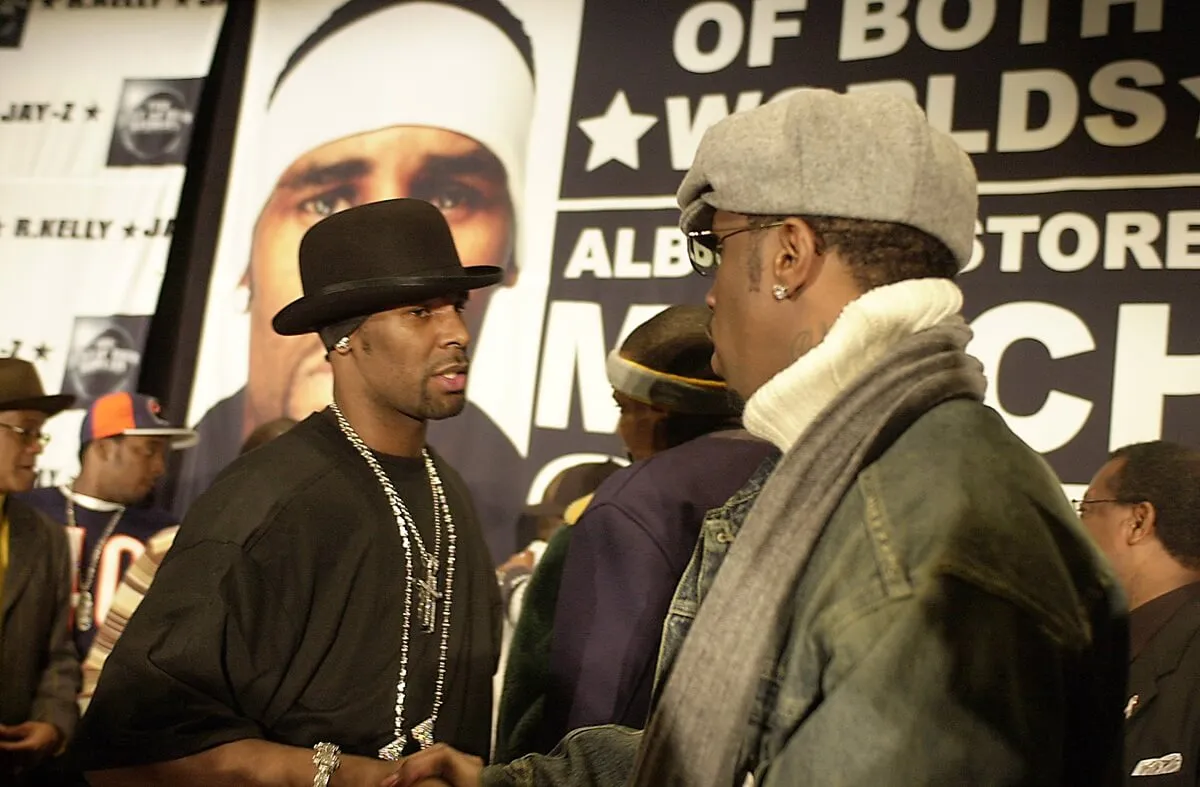‘Below Deck Med:’ Why Is Being Trained at Le Cordon Bleu a Big Deal?
One reason Captain Sandy Yawn from Below Deck Mediterranean hired Chef Mila Kolomeitseva to cook on Sirocco was because of her culinary training.
Yawn was impressed that Kolomeitseva trained at the infamous Le Cordon Bleu. “It’s the best training in the world and she’s a female so I have high hopes,” Yawn said in a confessional interview.

A number of culinary schools are world renowned. But Le Cordon Bleu has historically produced a number of highly respected and famous chefs. So why is being trained by this school so impressive? And what controversy recently surrounded the school?
The school has a long list of these famous chefs
One of the most groundbreaking female chefs of all time attended the prestigious culinary school. According to Culinary Lore, Julia Child attended Le Cordon Bleu. She fine-tuned her craft as she was one of the very first television chefs.
Additionally, Mario Batali attended Le Cordon Bleu, only after pursuing theater and economics at Rutgers University. Although Batali attended Le Cordon Bleu in London, he finished his education through the hands-on approach by working in restaurants.

Giada de Laurentiis is another famous chef who attended Le Cordon Bleu, but she studied in Paris. She earned “Le Grand Diplome” and has a full catalog of cookbooks, television shows and appearances on her resume.
Le Cordon Bleu has quite a long history
The school has been considered to be a top cooking school for the past 100 years, according to Culinary Schools.org. The story behind the school is as rich as its history too. The school’s name “Le Cordon Bleu” means “blue ribbon” in French.
The school’s actual official name was “la Cuisiniére Cordon Bleu.” And it was originally started as a weekly magazine in 1895. The magazine’s goal was to educate those who wanted to learn French cooking and included a number of recipes.
Those who subscribe to the magazine were eventually granted access to a free culinary school. The first official class was held in 1896 and quickly became associated with culinary excellence. The school is considered to be the largest network of culinary and hospitality schools in the world. The 20,000 students can attend one of 35 locations in 20 countries worldwide.
Recent controversy
In 2015 Le Cordon Bleu closed all of its U.S. locations, according to Boston.com. At the time, the school closed due to “the impact of the federal government’s new regulations on career colleges.’’ Then referred to “the Obama administration’s gainful employment rule, which cuts off federal financial aid to schools where graduates borrow money at high rates to pay for school but earn little after graduation.’’
A class-action lawsuit against the school was filed by 2,200 students who attended the Portland, Oregon location, Eater reports. The school was ordered to return 44% of student’s tuition payments or loan amounts.
Students asserted the school was advertised as being highly prestigious but did not deliver in the classroom. Instead, students were “offered low-quality materials and provided training that only qualified graduates for entry-level, low-paid positions,” Eater reports. Students can pay more than $55,000 for an education at Le Cordon Bleu. However, according to PayScale, executive chefs make less than $18 an hour on average.


